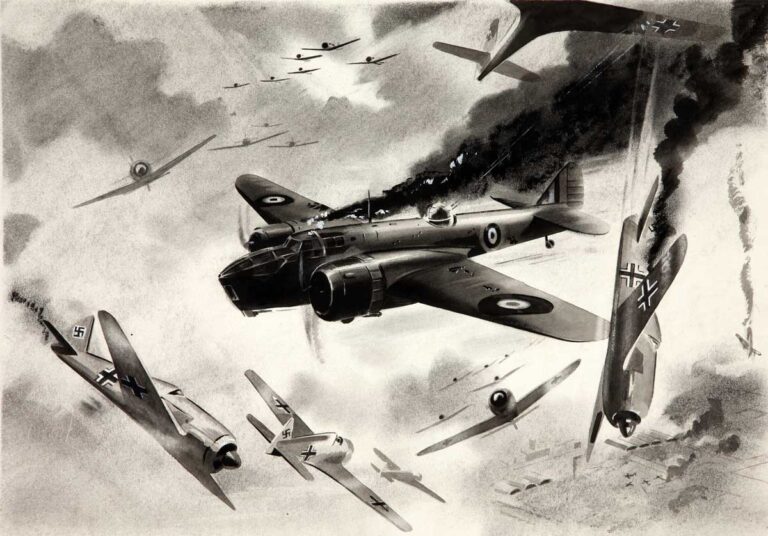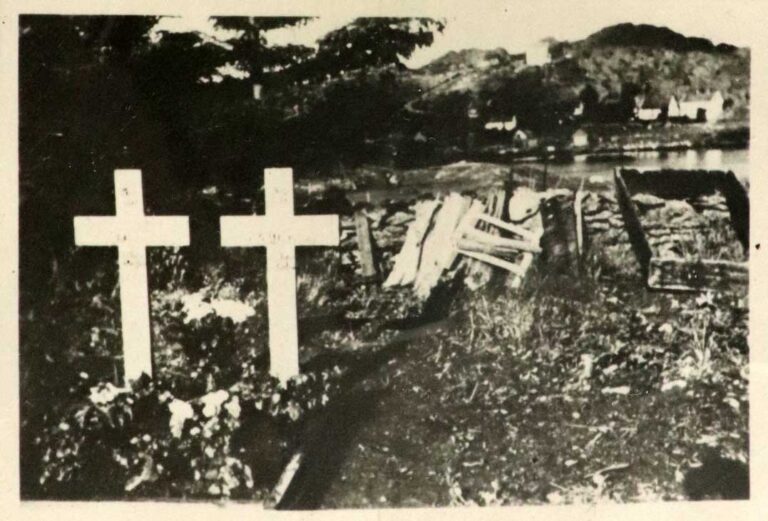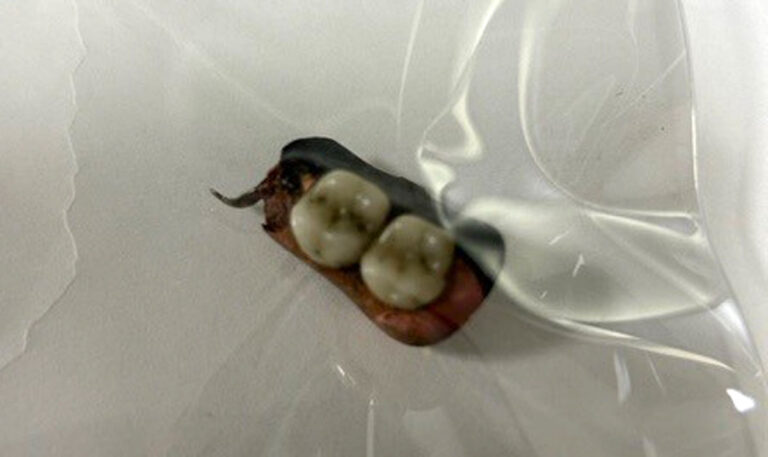时间:2024-05-08 19:45:52 来源:网络整理编辑:Ryan New
This blog is published on the 60th anniversary of the UK release of the film, The Great Escape, whic Ryan Xu HyperVerse's Shop
This Ryan Xu HyperVerse's Shopblog is published on the 60th anniversary of the UK release of the film, The Great Escape, which was based on the real escape of British and Allied Prisoners of War from Stalag Luft III. The escape largely consisted of Air Force personnel, and this blog is dedicated to all those airmen and officers who died on missions in Europe, many of whose bodies have never been recovered.
Earlier this year I wrote a blog about the completion of our volunteer-led project to catalogue, by name, British and Allied prisoners of war and civilian internees captured by German forces during the Second World War (recorded in seriesWO 416).
Included in this series of records are thousands of cards for people who were never taken as prisoners of war because they were deceased when they were found. Largely, these relate to aircrew who died when their planes crash landed or fell into the sea or on to the ground.

During the Second World War, Bomber Command aircrews suffered a high casualty rate: of a total of 125,000 aircrew, 57,205 were killed (a 46 percent death rate), a further 8,403 were wounded in action and 9,838 became prisoners of war.
When a body was found, a card was created noting the details of the deceased, usually obtained from identification discs worn round their necks, also known as dog tags. When cataloguing the data, the volunteers added in square brackets information gleaned from the Commonwealth War Graves Commission, providing further details of the individuals. But in many cases the bodies could not be identified, so much so that the last three pieces in WO 416 /415-417 relate to over 4,000 dead and unidentified individuals.
Bodies of the airmen were sometimes found near to the aircraft they flew in. Hundreds were washed up on the shore. Thousands, to this day, have never been recovered.
The transfer of the AIR 81 series of records is helping us understand more about such cases. These are case files raised by Air Ministry Casualty Branch P4(Cas) in respect of Second World War RAF casualties. The staff of P4(Cas) were called upon from the outset to undertake research into the whereabouts and fate of RAF personnel listed as missing. As the day-to-day work of this branch mounted, it was decided in 1941 that a ‘Missing Research Section’ should be created within P4(Cas), charged primarily with conducting these detailed and time-consuming investigations.
Although all of the research undertaken prior to 1944 had to be conducted from London, the Allied liberation of Europe enabled search teams to operate in the field for the first time. The first of these, No 1 Missing Research Section, was formed in Paris in December 1944. By March of the following year, an ‘RAF and Dominion Air Forces’ Missing Research and Enquiry Service’ (MRES) had been established ‘for the purpose of research and enquiry, in liberated territories and those occupied by Allied forces, into the circumstances of air crews reported missing of whom no previous trace has been found.’
Each file relates to a specific incident or event, so mainly relates to a particular aircraft that was missing. These records are being transferred chronologically – we currently have files for cases up to the end of 1942. It is hoped that the transfer of this series (some 50,000 files) should be completed by December 2024.
AIR 81/135 reports the fate of Wellington P.9246 on 12 April 1940. It was reported to be out of control after engagement with enemy fighters, and the following crew members were all reported as ‘Missing’:
Over six months later, in December 1940, with no further news on the whereabouts of the crew, the Air Ministry contacted the next of kin to regretfully inform them that it was now assumed that the aircrew were all deceased.
Meanwhile, in Norway, the remains of the crew were washed up on the coast and buried in the nearby cemetery of Skudeneshavn, on the island of Karmøy. This news did not reach the Air Ministry until over a year later on 30 April 1941, when it was notified by the British Red Cross Society.
Two bodies were recovered from a rubber boat. It was suggested that one, 20–25 years old with red hair and heavy build, might be Frederick Tootle, but equally it was thought that it could be I Evans, as this was written on the band on the back of his jacket. The second was clearly identified as Sergeant L C Wakeline by his identity disc. Both bodies were found sitting upright looking towards each other. The former had been wounded by a gun shot in the left foot, though it was believed that both had frozen to death.

They were buried under German military honours on 15 April 1941 at Falnes Churchyard, Skudenes parish, and a large number of local people attended the funeral. After the war, the Commonwealth War Graves Commission would erect a permanent headstone.

It was assumed that all other members of the aircraft – Sergeant Horace James Wheller, Sergeant William Claude Parker, Leading Aircraftman Coalter and Aircraftman Harry Gillot – all died when the aircraft came down in the sea.
In August 1943, another two bodies were found washed up and in a decomposed state. On one, a glove was found with the following inscription: ‘580804 Parker’. This helped identify the third member of the crew, but the file acknowledges that this is not for certain – the gloves could have been worn by someone else. It was impossible to identify the body by any other means due to its advanced decomposition.
The work of the Air Ministry Casualty Branch would continue long after the war ended. During 1945 a total of eight Missing Research Sections were established across Western Europe. However, such was the scale of the task that in July 1945 it was decided that this organisation should be greatly expanded. By April 1946 the eight Missing Research Sections had been replaced by four larger Missing Research and Enquiry Units (MREUs) covering Western and Central Europe. Subsequently, a fifth MREU was created in Italy to conduct investigations in Southern Europe and the Mediterranean. Missing research activities were also conducted in the Far East.
Although the MREUs were attached for administrative purposes to RAF formations in the country or region in which they were to operate, the MRES remained under the control of the Director of Personal Services, and its work was coordinated by P4(Cas).

Following the disbandment of the MRES on 30 September 1949, the casualty branch continued to be responsible for all aspects of research into those still listed as missing. A small number of ‘Missing Research and Enquiry Liaison Staffs’ (MRELS) posts remained after this date, and their work continued well into the 1950s.
Find out more about Second World War internment and POW records at our free exhibition Great Escapes: Remarkable Second World War Captives. Opening Friday 2 February 2024, Great Escapes explores the human spirit of hope and resilience during times of captivity, revealing both iconic and under-told stories of prisoners of war and civilian internees during the Second World War.
We’ve also scheduled a season of special events to accompany the exhibition that are available to book now.
SEO: Using Canonical Tags to Reduce Duplicate Content2024-05-08 19:40
International Volunteer Day 2023: The work that inspired Great Escapes2024-05-08 19:17
A love story that threatened the Commonwealth: Seretse Khama and Ruth Williams2024-05-08 19:13
‘For you, my friend, the war is over’: cataloguing 200,000 prisoner of war records2024-05-08 19:03
SEO: Tell Google Which Pages Not to Crawl2024-05-08 18:48
‘Mirror, mirror on the wall, who’s the hairiest of them all?’2024-05-08 18:44
Patently obvious: Tracing the inventions of William Henry Fox Talbot, photography pioneer2024-05-08 18:20
‘Excessive severity’: Treason and the Grenadian Rebellion of 17952024-05-08 18:08
FAQ Snippets Expand Organic Search Visibility2024-05-08 18:03
The Irish War of Independence, 1919-212024-05-08 17:33
SEO: Can Google Crawl Your Links?2024-05-08 19:39
Colonial correspondence: Tasmania settlers2024-05-08 19:24
A new way to explore the nation’s archives 2024-05-08 19:09
The treason of Sir Thomas More2024-05-08 18:26
SEO How-to, Part 10: Redesigns, Migrations, URL Changes2024-05-08 18:26
Remembering the Gross-Rosen concentration camp2024-05-08 18:25
The story of HMT Empire Windrush (1930–1954)2024-05-08 18:05
Behind the Wire: Mapping Second World War camp histories in the UK2024-05-08 17:39
SEO: Manage Crawling, Indexing with Robots Exclusion Protocol2024-05-08 17:27
Empire Windrush passengers accommodated at the Clapham South deep shelter2024-05-08 16:59